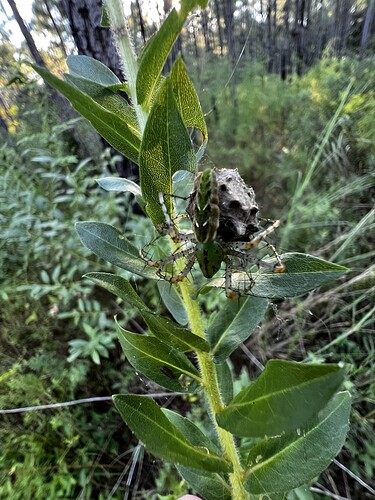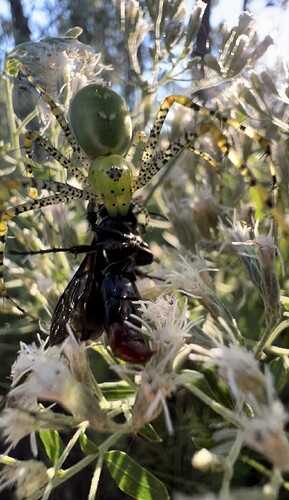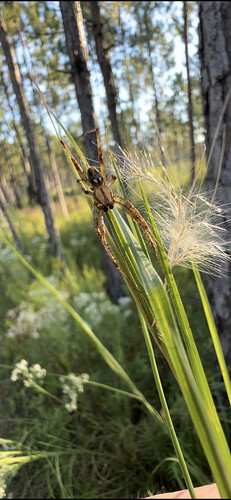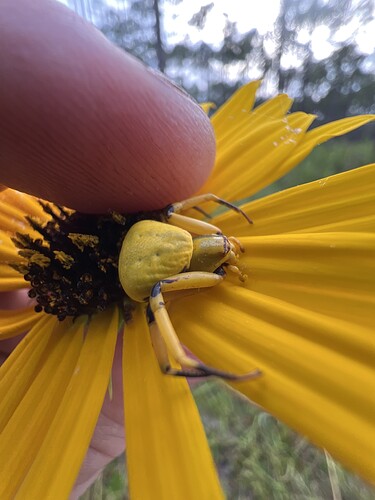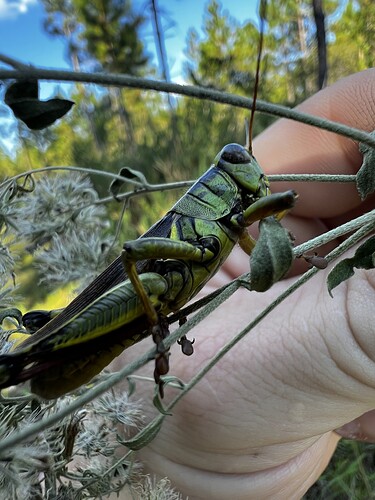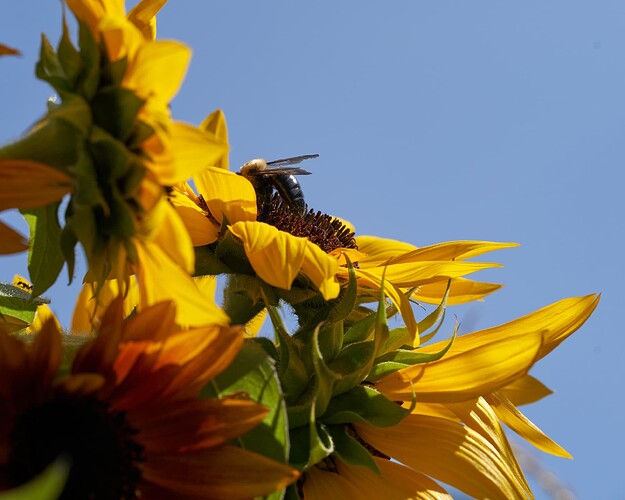Fortunately, most of the rivers flood often enough that no one would build anything within about 10-15 ft of river level (15 feet is a 5 to 10-year flood for the rivers near us.
On a coastal trail I hike there was a western hemlock that had blown down right at the base of a steep slope. Its fall destabilized the slope and the rain had collapsed the ground above it, resulting in a slide that covered the root ball and thus enabling the tree to survive. The result was a tree that appeared to have grown straight out of the hillside from a near-vertical surface. Farther along the trail there was a hillside where all the trees had curved trunks, the result of the slow creep of surface layers downhill and the trees trying to grow straight upward.
There are a lot of river and steam banks around here with curved trees. Unfortunately, no woodlands within 80 miles of us are more than 70-90 years old, so it’s less obvious in many places.
About to head back out to hike looking for some willow oaks. Over the next 2 years I hope to find all 23 species of native oak to my area. Probably also going to try to learn and start finding hawthorns as well. While going back through writing them down, and studying their morphology two of my cats decided it was a good time to lay on me or the book lol.
I’m awed every year when I visit one of the local swimming holes and see logs half a meter and more thick deposited twenty feet above river level and thirty where a canyon narrows. Once while camping near one I climbed up a tree to tie a rope up and discovered flood detritus clinging to branches fifteen feet up – when the campsite was already almost ten feet above river level.
Trees along rivers curve for slightly different reasons, especially depending on the type of tree. Alders, for example, will grow toward the open sky above the river and slowly curve upward as they reach more light.
I think you live in the Oregon region–my wife and I went to the Hoh River Rainforest and Cape Flattery. Those trees are huge!.
On the back of the property where I grew up there was an old tree stump large enough to pitch a six-person tent and have a fire pit with seats around it. When we mentioned that to someone at the local museum, they brought out photos in a display under preparation that showed steam-powered log “mules” dragging and/or carrying logs that were wider than the road – and the road was sixteen feet across. This was to illustrate that such trees were normal back in the day.
Aaaaahhhhhh!!!
![]()
Unlike Allosaurus, they can spit venom a few feet. They only do so when protecting an egg sac, though. It causes temporary blindness if it hits the eyes directly, and I think can paralyze some animals much smaller than us.
They’re one of the sit-and-wait type spiders, trying to grab pollinators from flowers.
If any of yall enjoy podcasts “the common descent podcast” is doing their series on the evolutionary history of fungi. It’s four parts long. Each episode is roughly 2 hours so far. The first two are out. It’s free.
Misumenoides formosipes I think. The white banded crab spider. Just saw it two minutes before posting this.
A murder of crows were raucously commenting as I ran this morning, a New England Aster brightened the corner by an assisted care home I visited this Tuesday, a still-green fern nestled by a decaying log, and sunrise by my work yesterday.
Wild rose “berries,” (are they called hips?), a maple sprouting inside an old, rotten stump, and a small bog with some color starting on the North Country Trail this morning.
First one is slightly spooky but this is the right month for it. The third one is downright artistic!
Yep. Roses have hips.






